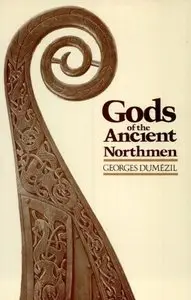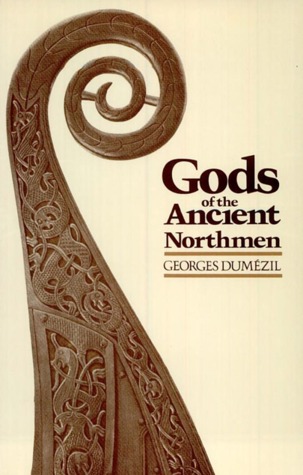Gods of the Ancient Northmen by Georges Dumezil
English | June 15, 1977 | ISBN: 0520035070 | 199 Pages | PDF | 27,7 MB
English | June 15, 1977 | ISBN: 0520035070 | 199 Pages | PDF | 27,7 MB
I will not attempt to review the merit of this treatise in which Dumézil details a seminal application of his proposed tripartite structure of the indo-european religions and societies. The author started working on this in the middle of the twenties, but reached his conclusions only in the late thirties. I believe this edition is based on a 1958 revision. Notoriously, Dumézil's approach, questionable as it might be to some, revolutionized the field of Indo-European studies, and therefore it is not in my capacity to offer a criticism; only a taste of this brief yet insightful and profoundly influential book.
While Dumézil tries to find sense in the struggle between the Asi and Vani, the two "tribes" of scandinavian mythology, as it is depicted by relatively recent icelandic records, he unveils strikingly similar yet much older structures in Indian Vedic literature (Gods against Nsatya) as well as in the epics of the Italic people (Latini against Sabini) and, less frequently, Celts. After about fifteen years of research, the author discovers "the great connections that induce one to ascribe to the Indo-Europeans, before their dispersion, a complex theology centred upon the three functions of sovereignty, force and fertility". Odhinn and Tyr would occupy the first level in Scandinavia; Mitra and Varuna in Vedic India; Jupiter and Dius Fidius (eventually adsorbed into Jupiter) in central Italy.
This double occupancy of the first level replicates elsewhere in the Roman epic: Romolus and Numa, but also, Horatius Cocles and Mucius Scaevola: indeed, Dumézil explains, as Tyr sacrifices his right hand in the mouth of the primordial wolf Fenrir, to convince the beast to wear Odhinn's magical lace and therefore to pacify the universe, similarly Scaevola sacrifices his right hand in the burning bracer to convince Lars Porsena to end the war against Rome; and as Odhinn, the supreme sorcerer king, can shift the course of a battle by literally scaring the enemy by simply gazing with his one eye, so did Oratius Cocles, roman legionary, also one-eyed, scare away the enemy etruscans whom he faced alone on a bridge on the Tiber.
And then there is the second level (Thor in Scandinavia, Mars in Italy, Indra in India) and the third (Freyr in Scandinavia, Quirinus in Italy…). But by now perhaps I have convinced you that these one hundred and forty dense pages are worth the effort of a Sunday afternoon. I myself, always indirectly aware of the content of this book, was eventually much rewarded from reading it.



